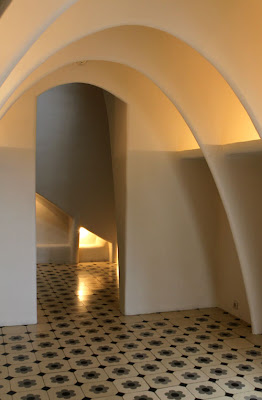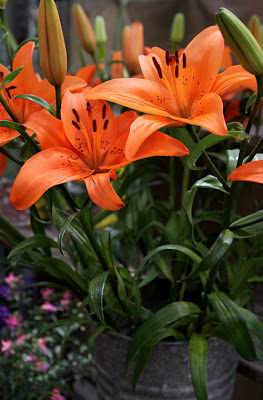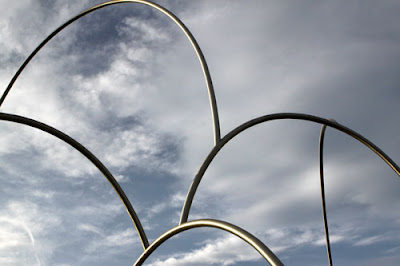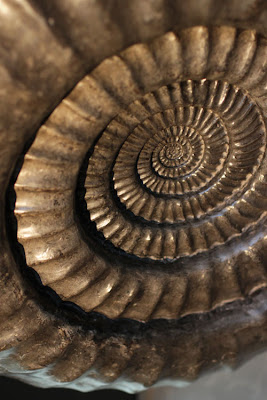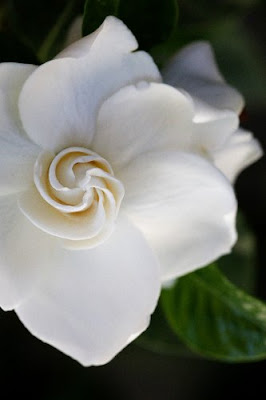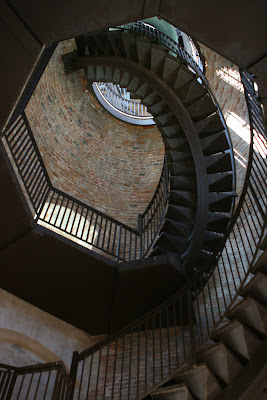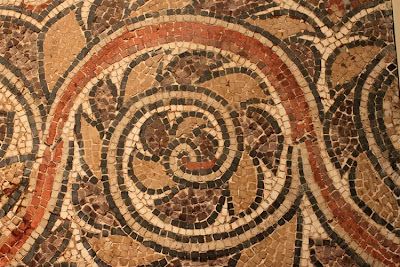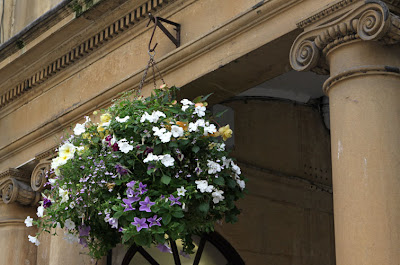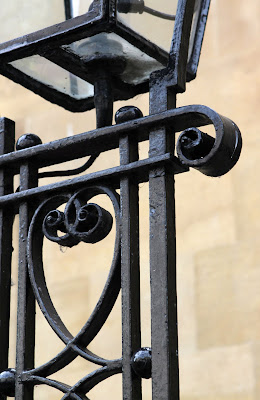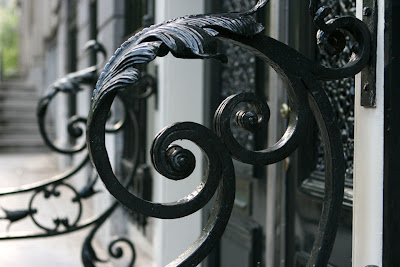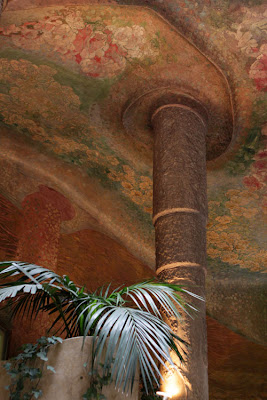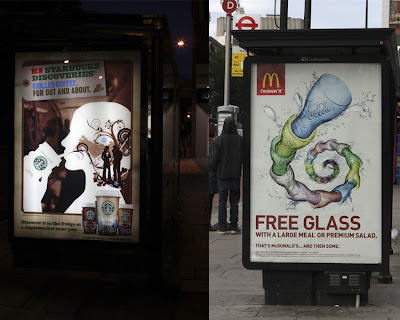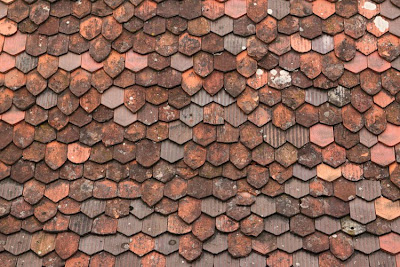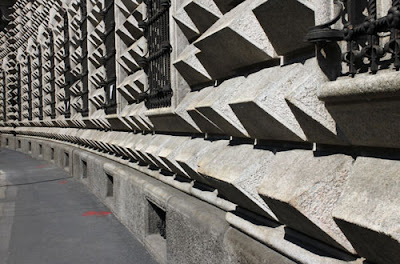I come at you this morning from a blank page. No preconceived notion of what photo I will choose, what words I will write. No agenda. This is what creative space feels like. Breathe into it. Let the ideas expand to fill the space, let them go. New ideas will come to fill the space.
This weekend I spent some time being creative. Editing photos for fun rather than to get something together for a specific project. Creating a collage intuitively, to see what comes out. I need the time and space for these things, in order to maintain my balance and perspective. Do you find the same?
So I start again with a blank page. Sometimes the blank page can be frightening, but right now it feels wonderful. Maybe it’s more like sitting in an empty room than a blank page. A room where I can see the door but I’m just going to pause here and rest for a while. Breathe in, breathe out.
Photo is from Casa Batlló, by architect Antoni Gaudí in Barcelona, Spain.
